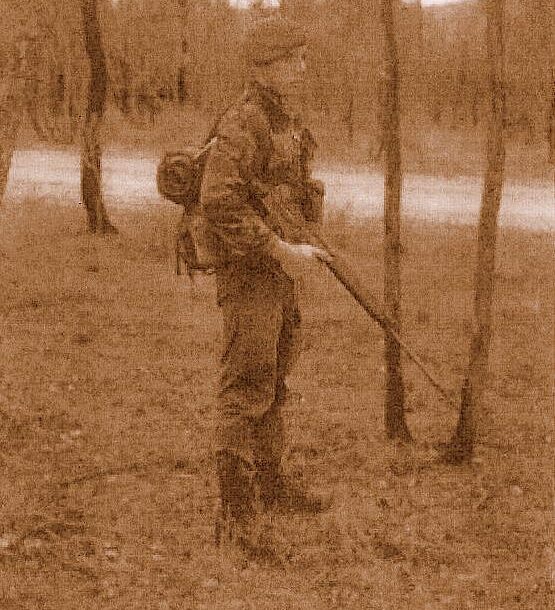This webpage is an ongoing work-in-progress.
The reader is first referred to our main menu on the front page headed ‘JULIAN KNIGHT‘ and to scroll down to the webpage entitled ‘Army Childhood [1968-85]‘. This webpage serves to provide a brief chronological summary of Julian’s upbringing, and the purpose is twofold.
A. To understand the upbringing of this person who at aged just 19, became a mass murderer.
B. To identify nature/nurture factors early on that may have been relevant and contributory to Hoddle Street
The reader is welcome to make up his or her own mind.
Also, we then point out that the reader will note mention of Julian’s exposure to the following comparatively unusual lifestyle and events for a child growing up in upper-middle class Melbourne, as Julian did. This author also grew up in upper-middle Class Melbourne at the same time, but not exposed to Julian’s childhood environment and lifestyle:
- Julian’s father was an Australian Army officer;
- Julian’s father was an Australian Army educational teacher;
- Julian’s family was frequently relocating due to Julian’s father being redeployed where the Army wanted him, mostly offshore in foreign countries, and the family went with the father;
- Julian was exposed to an Army accommodation environment from a very young age (kindergarten), and so likely frequently to Army personnel associated with his father;
- Julian’s formative years were exposed to an Army lifestyle and environment. “The formative years are the time period between 0-8 years when the brain and neurobiological development are the fastest after birth. What happens to a child in these years can affect their physical development, mental development, and success in life.” SOURCE: ^https://www.parentingforbrain.com/formative-years/ ;
- Julian’s father encouraged Julian’s interest in guns since the aged of at least aged 5 years (Attended Gun Club Primary School, Victoria, Hong Kong) – perhaps his father owned a gun and was a member of the gun club. Julian’s father buys Julian a Daisy air rifle for his 12th birthday;
- Julian’s father likely encouraged Julian’s interest in Cubs (from age 8), then Scouts (from age 11) and then Army School Cadets (from age 14 in 1982);
- Julian’s father, being an Army educational teacher, would have know how to educate and inculcate skills in military endeavours such as the above;
- Julian’s parents divorced when Julian was just 12 year old, thereafter his father was absent from the family during his impressionable teenage years. Julian grew up without a supportivbe father around for guidance.
This is this author’s extracted focused take on this chronology, not being a psychologist nor a psychiatrist.
From all accounts, checking with the family and Julian, the chronology is factual, although a number of other events and milestones of Julian’s upbringing have been omitted due to either not being known else requested by the family not to be revealed publicly. We respect that.
This webpage is a layperson’s attempt to analysis the WHY? of Hoddle Street from the childhood upbringing perspective. It is not in any way some attempt to try to justify Julian’s actions in Hoodle Street, rather to try to just understand. We point out that BEFORE Julian attended Duntroon, he had no criminal form and was accepted by the Royal Military College Selection Board in 1986 as just one of 150 elite officer cadet enlistees out of 3000 applicants around Australia of that year. This author was one of them was one of them as well.
The key change mechanism in Julian’s mindset between going from deemed ideal officer material to mass murderer between January and August 1987 (an 8 month turnaround) was Duntroon.
What happened to Julian must have been profound psychologically. This author witnessed his sustained abuse by senior cadets in and around Kokoda Company barracks at Duntroon during this time.
We shall update this page periodically as we research and enquire.
